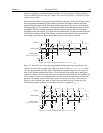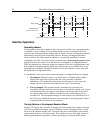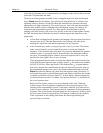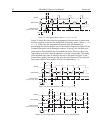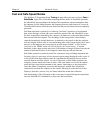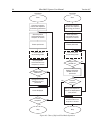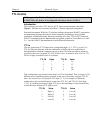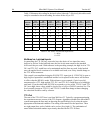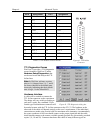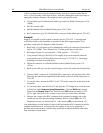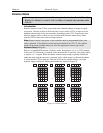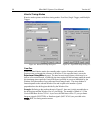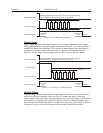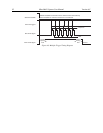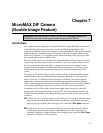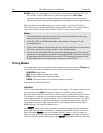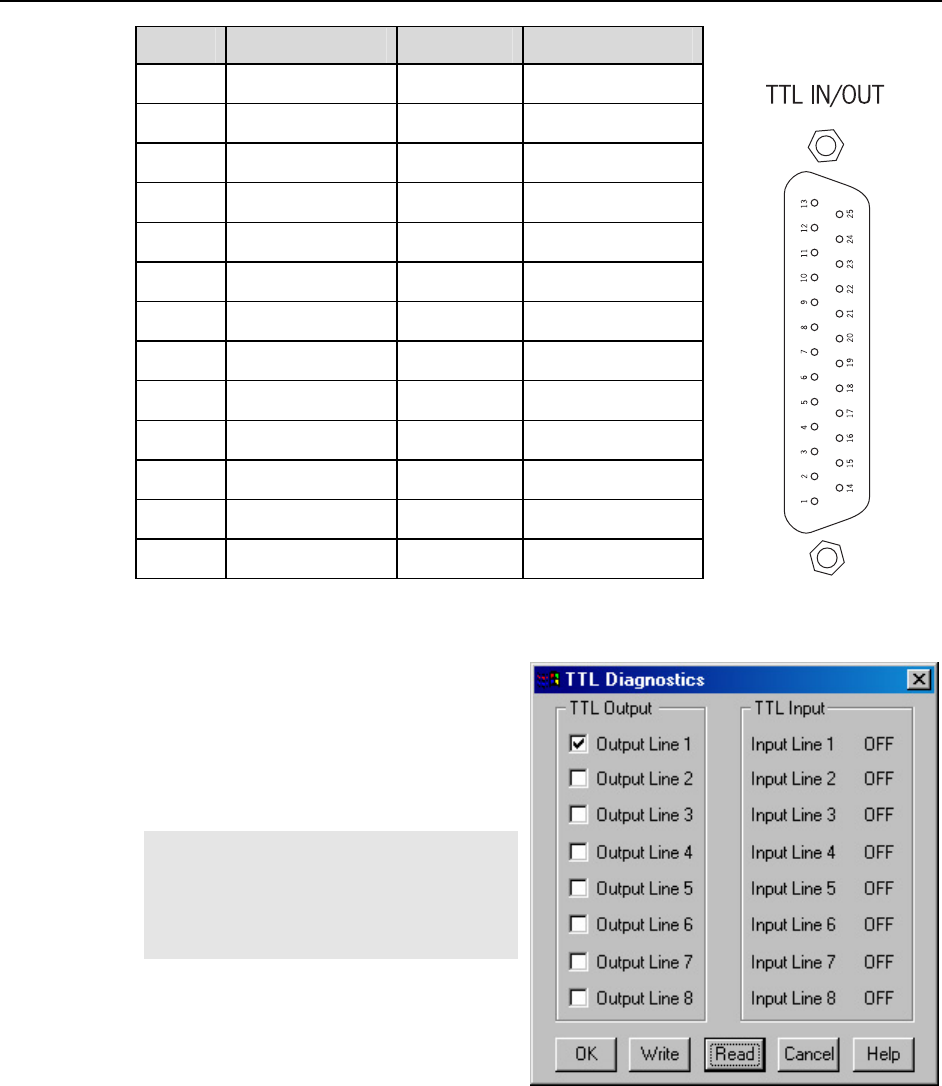
Chapter 6 Advanced Topics 87
Pin # Assignment Pin # Assignment
1 IN 1 14 IN 2
2 IN 3 15 IN 4
3 IN 5 16 IN 6
4 IN 7 17 IN 8
5 GND 18 GND
6 EN/CLK 19 Reserved
7 (future use) 20 GND
8 GND 21 OUT 2
9 OUT 1 22 OUT 4
10 OUT 3 23 OUT 6
11 OUT 5 24 OUT 8
12 OUT 7 25 GND
13 Reserved
Table 13. TTL In/Out Connector Pinout Figure 41. TTL In/Out
Connector
TTL Diagnostics Screen
WinView/32 provides a TTL Diagnostics
screen (located in WinView/32 under
Hardware Setup|Diagnostics) that
can be used to test and analyze the TTL
In/Out lines.
Note: In WinView software versions
prior to 1.6, Output Lines 5, 6, 7, and 8
are shown checked in the default state,
incorrectly indicating that their default
state is logic 1 in the MicroMAX.
Hardware Interface
A cable will be needed to connect the
TTL In/Out connector to the experiment.
The design will vary widely according to
each user’s needs, but a standard 25-pin
female type D-subminiature connector will
be needed to mate with the TTL In/Out connector at the ST-133. The hardware at the
other end of the cable will depend entirely on the user’s requirements. If the individual
connections are made using coaxial cable for maximum noise immunity (recommended),
the center conductor of the coax should connect to the proper signal pin and the cable
shield should connect to the nearest available ground (grounds are conveniently provided
at pins 5, 8, 18 and 20). Connector hardware and cables of many different types are
Figure 42. TTL Diagnostics dialog box



